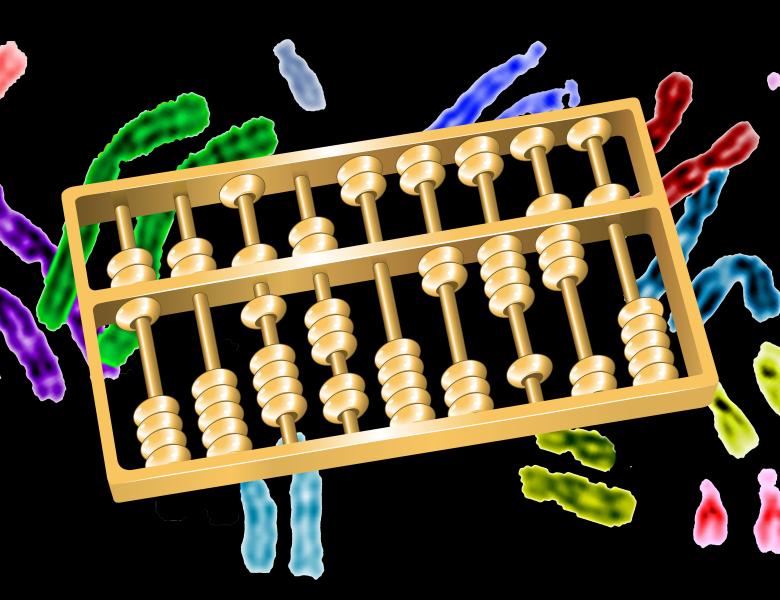
Abstract
Large-scale biological networks map functional relationships between most genes in the genome and can potentially uncover high level organizing principles governing cellular functions. Despite the availability of an incredible wealth of network data, our current understanding of their functional organization is very limited and essentially opaque to biologists. To facilitate the discovery of functional structure and advance its biological interpretation, we developed a systematic quantitative approach to determine which functions are represented in a network, which parts of the network they are associated with and how they are related to one another. Our method, named Spatial Analysis of Functional Enrichment (SAFE), detects network regions that are statistically overrepresented for a functional group or a quantitative phenotype of interest, and provides an intuitive visual representation of their relative positioning within the network. Using SAFE, we examined the most recent genetic interaction network from budding yeast Saccharomyces cerevisiae, which was derived from the quantitative growth analysis of over 20 million double mutants. By annotating the genetic interaction network with GO biological process, protein localization and protein complex membership data, SAFE showed that the network is structured hierarchically and reflects the functional organization of the yeast cell at many different levels of resolution. In addition, we analyzed the network using a large-scale chemical genomics dataset and generated a global view of the yeast cellular response to chemical treatment. This view recapitulated the known modes-of-action of chemical compounds and identified a potentially novel mechanism of resistance to the anti-cancer drug bortezomib. Our results demonstrate that SAFE is a powerful tool for annotating biological networks and a unique framework for understanding the global wiring diagram of the cell.


